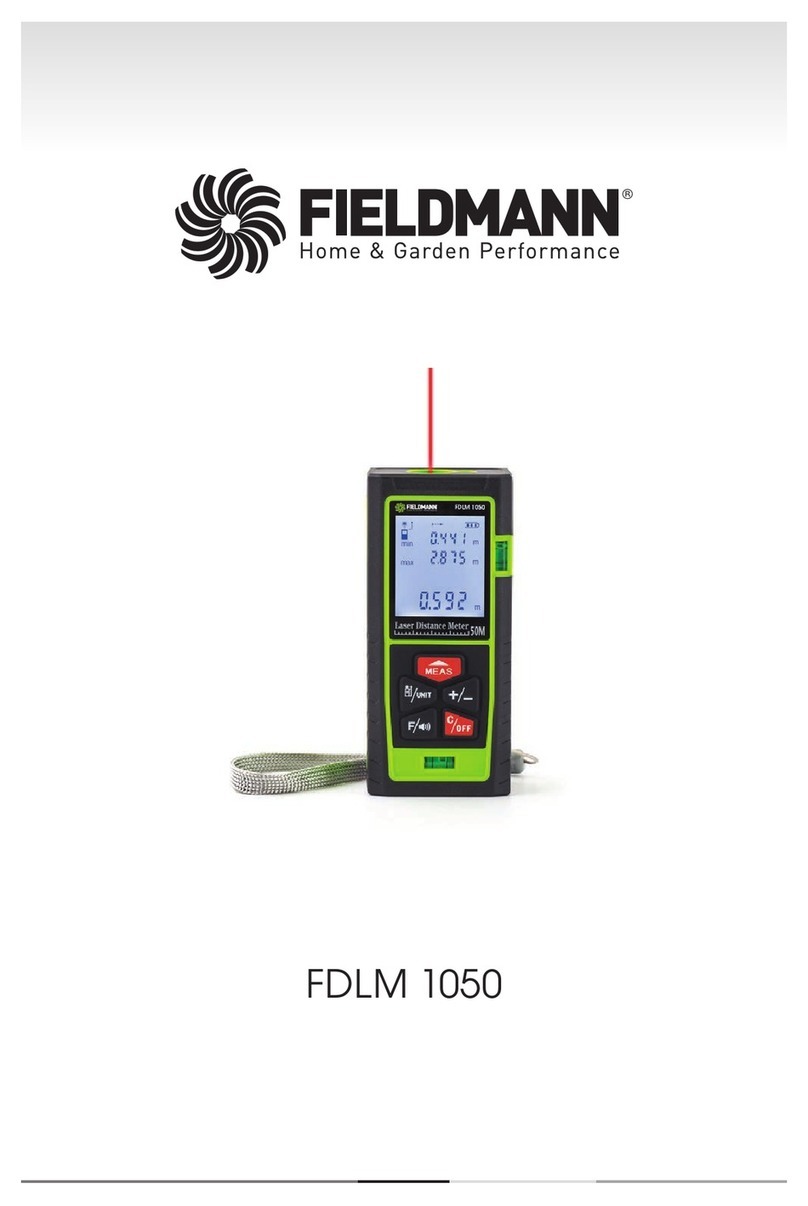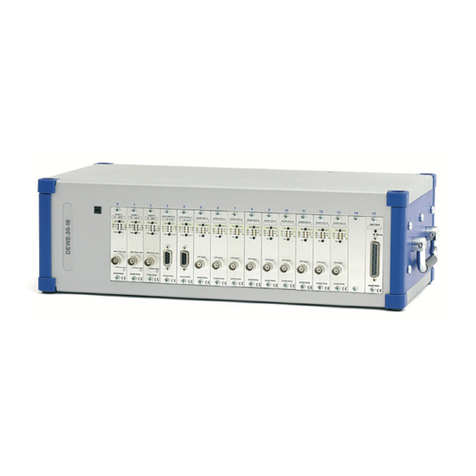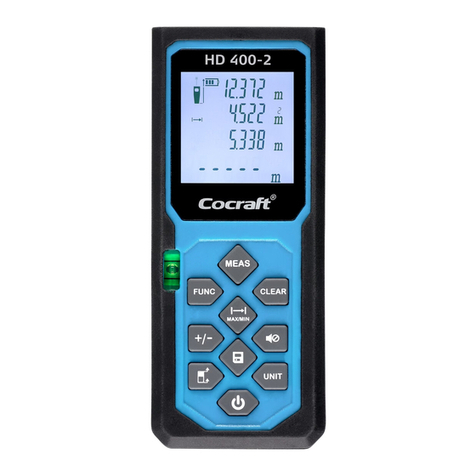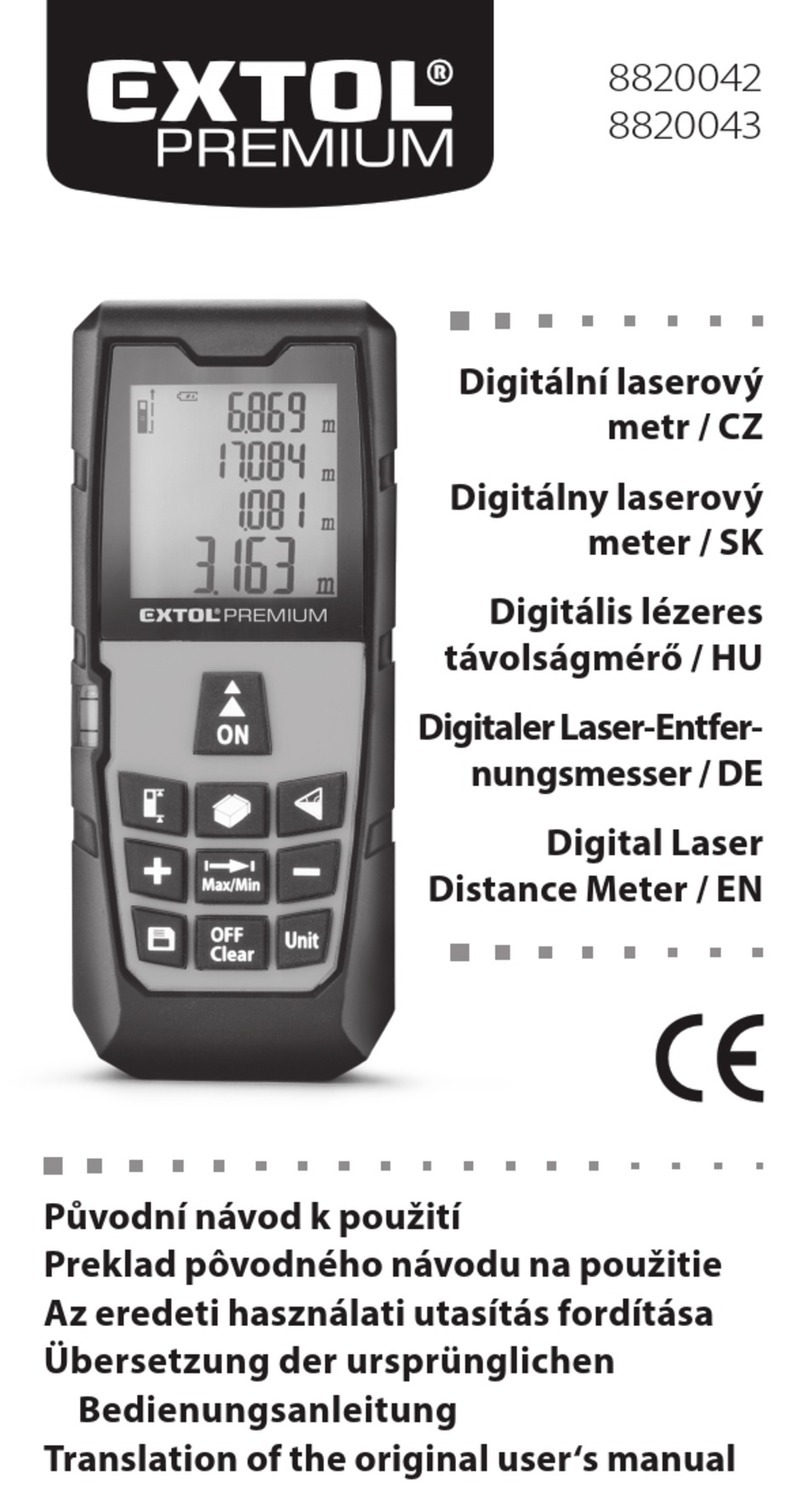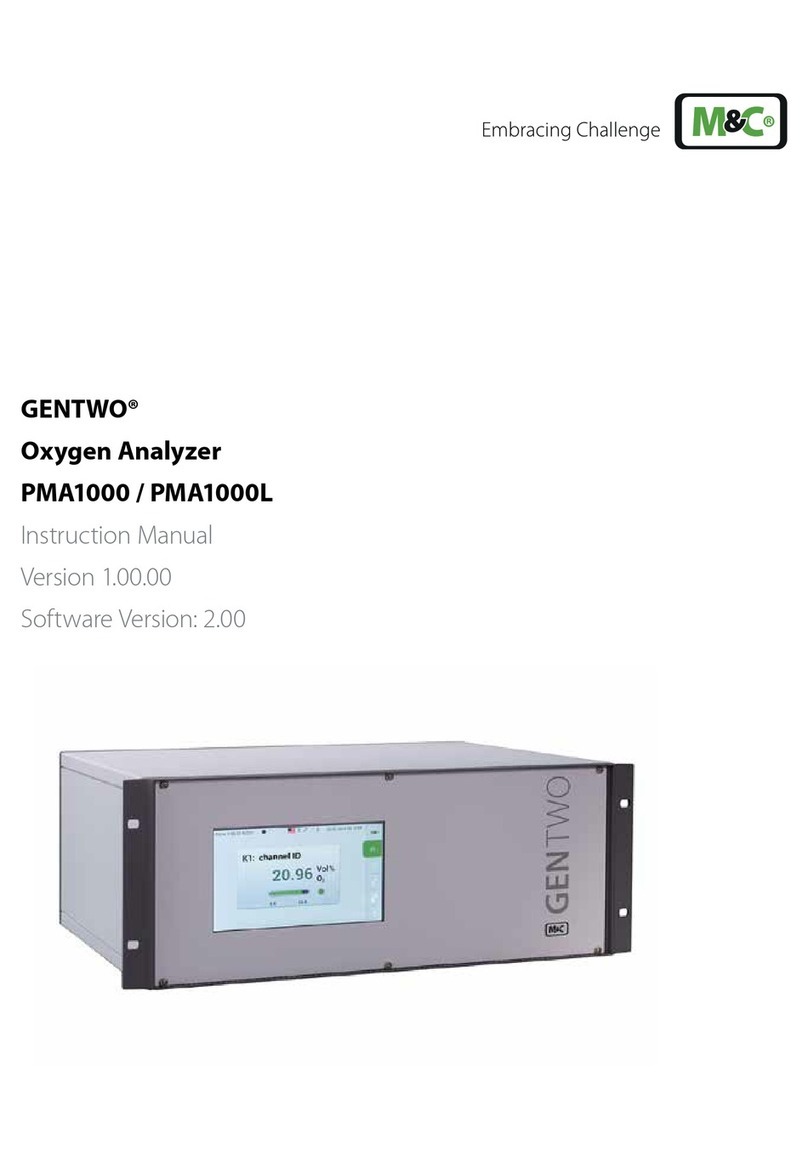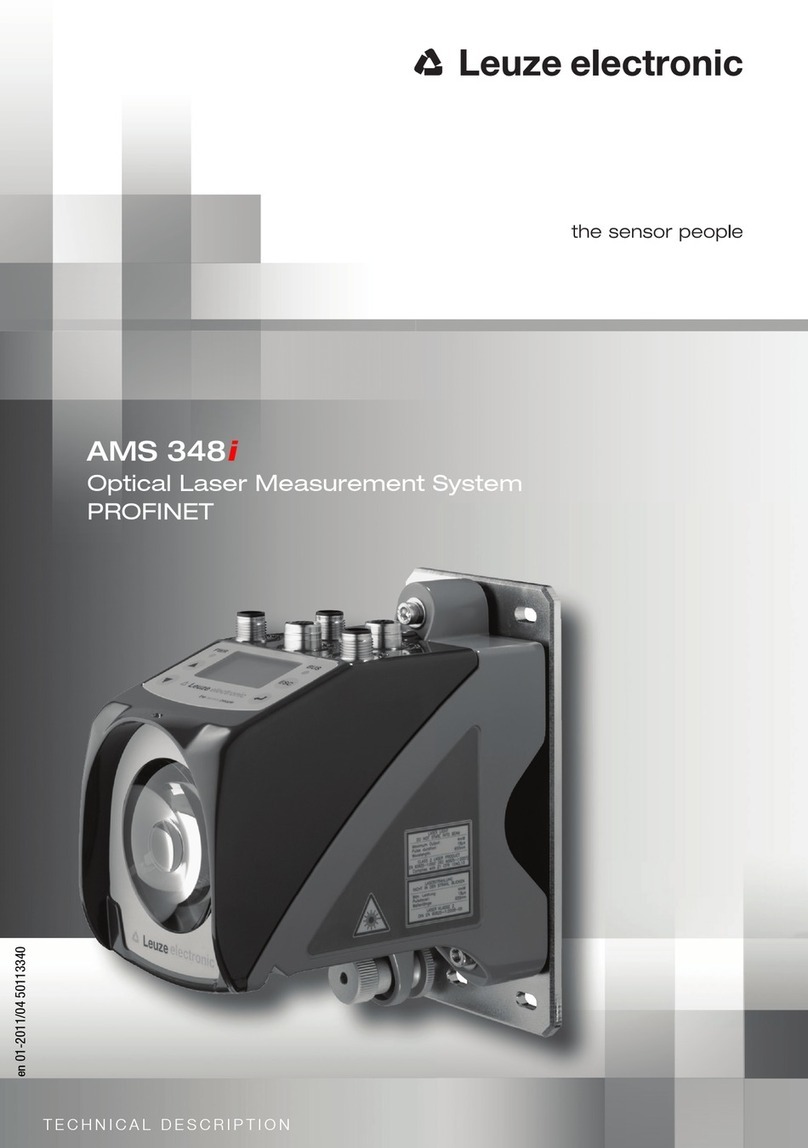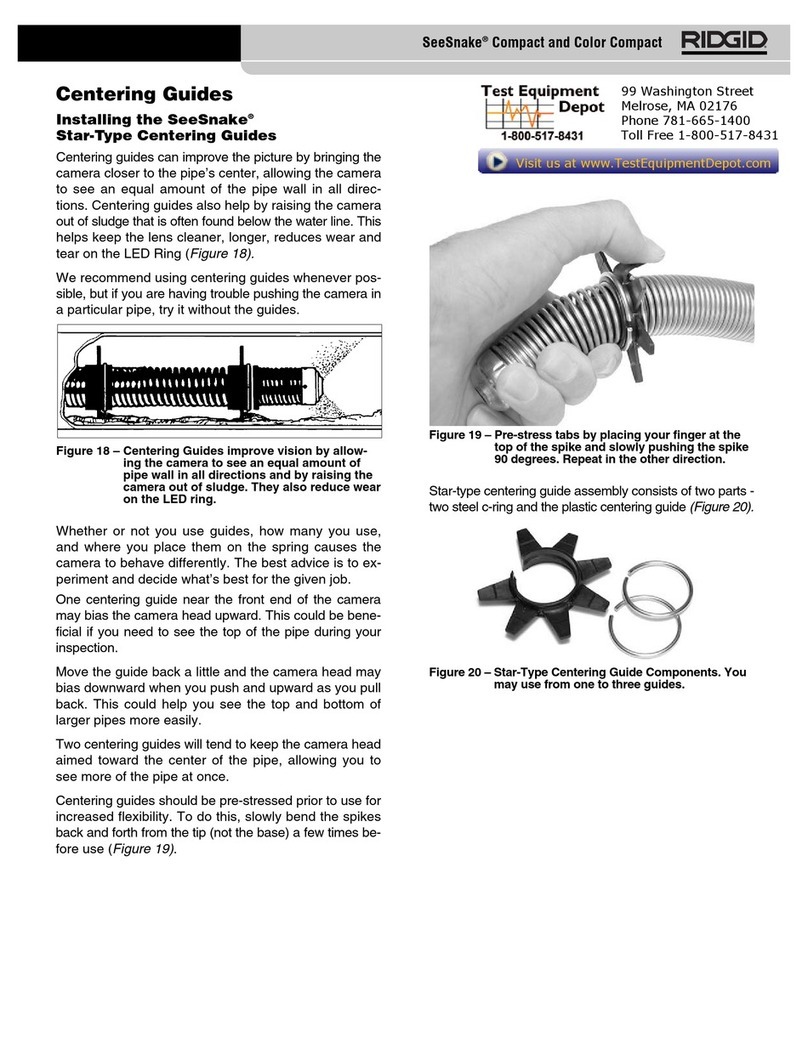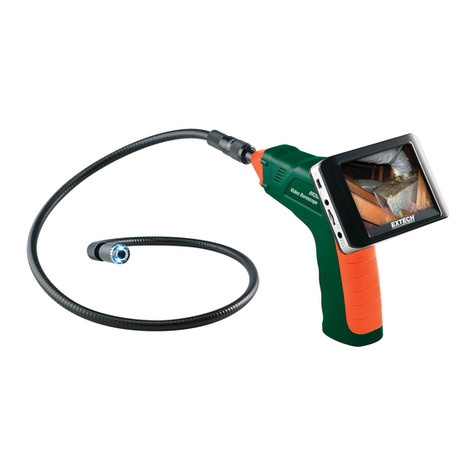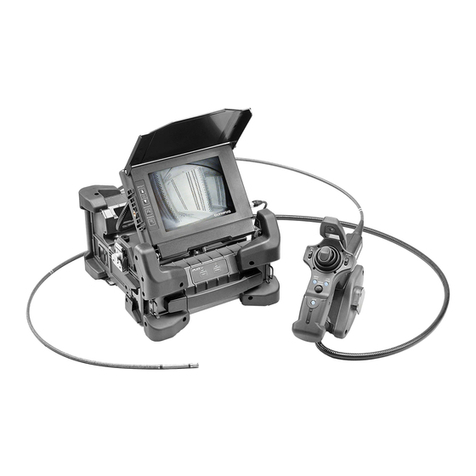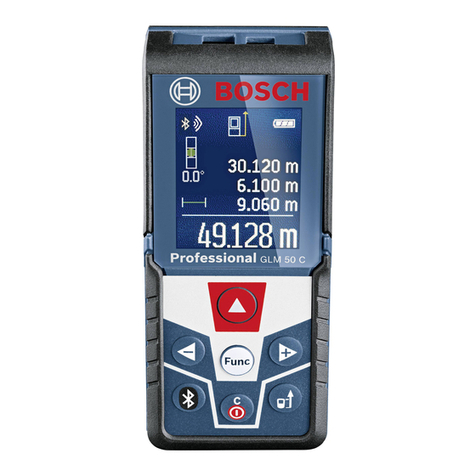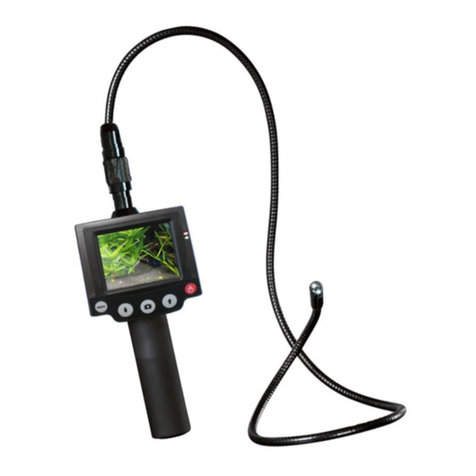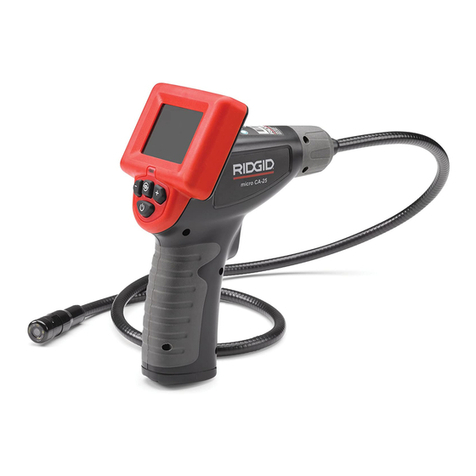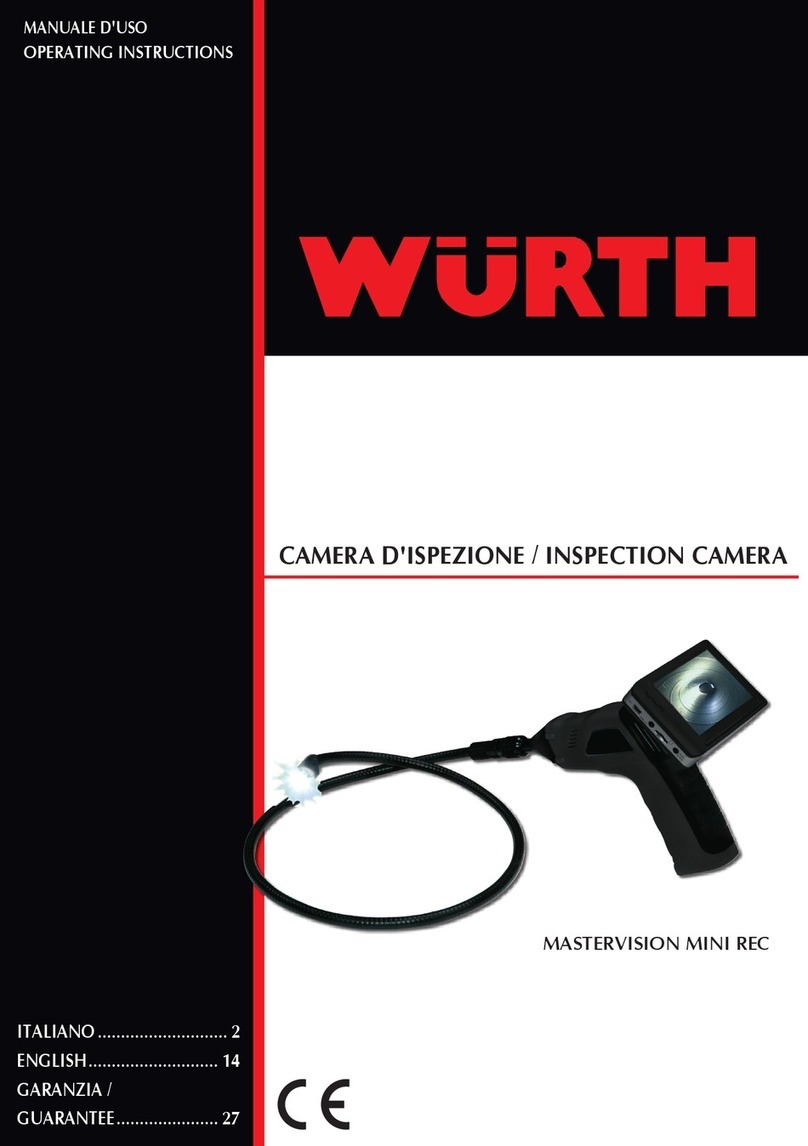
Table of contents
Leuze electronic ODS 10 4
7 Starting up the device ........................................................................................33
7.1 Setting the analog output...................................................................................................... 33
7.1.1 Configuring the analog output ...........................................................................................33
7.1.2 Teaching the analog output...............................................................................................34
7.2 Setting the switching outputs ................................................................................................ 35
7.2.1 Configuring switching outputs ...........................................................................................35
7.2.2 Teaching the switching outputs .........................................................................................37
7.3 Setting measure mode.......................................................................................................... 38
7.4 Reset to factory settings ....................................................................................................... 39
7.5 IO-Link interface ................................................................................................................... 39
7.5.1 Overview ...........................................................................................................................39
7.5.2 IO-Link process data .........................................................................................................39
8 Connecting to a PC – SensorStudio ................................................................41
8.1 System requirements............................................................................................................ 42
8.2 Installing SensorStudio configuration software and IO-Link USB master............................ 42
8.2.1 Downloading configuration software .................................................................................42
8.2.2 Installing the SensorStudio FDT frame ............................................................................43
8.2.3 Installing drivers for IO-Link USB master ..........................................................................43
8.2.4 Connecting IO-Link USB master to the PC .......................................................................43
8.2.5 Connecting IO-Link USB master to the sensor .................................................................44
8.2.6 Installing the DTM and IODD ............................................................................................45
8.2.7 Importing device descriptions............................................................................................45
8.3 Starting the SensorStudio configuration software................................................................ 45
8.4 Short description of the SensorStudio configuration software ............................................. 47
8.4.1 FDT frame menu ...............................................................................................................47
8.4.2 IDENTIFICATION function ................................................................................................48
8.4.3 CONFIGURATION function...............................................................................................48
8.4.4 PROCESS function ...........................................................................................................50
8.4.5 DIAGNOSIS function.........................................................................................................52
8.4.6 Exiting SensorStudio ........................................................................................................53
9 Troubleshooting..................................................................................................54
9.1 What to do in case of failure? ............................................................................................... 54
9.2 LED indicators ...................................................................................................................... 54
9.3 Indicators in the display ........................................................................................................ 55
10 Care, maintenance and disposal .......................................................................56
10.1 Cleaning................................................................................................................................ 56
10.2 Servicing ............................................................................................................................... 56
10.3 Disposing .............................................................................................................................. 56
11 Service and support ...........................................................................................57
11.1 What to do should servicing be required? ............................................................................ 57
12 Technical data .....................................................................................................58
12.1 Measurement data................................................................................................................ 58
12.2 Optical data........................................................................................................................... 61
12.3 Indicators and operational controls....................................................................................... 61
12.4 Electrical data ....................................................................................................................... 62
12.5 Mechanical data.................................................................................................................... 62
12.6 Environmental data............................................................................................................... 62
12.7 Dimensioned drawings ......................................................................................................... 63
12.8 Dimensional drawings: Accessories ..................................................................................... 64
